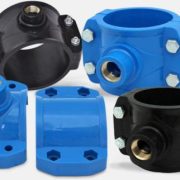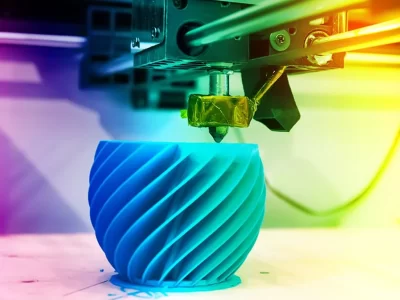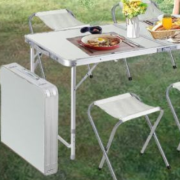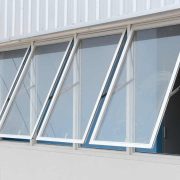Valve casting is a component in pipelines that control the liquid flowing system. The valve helps in changing the passage and direction of flow of the fluid. Its function is of diversion, regulation, cut off, strangulating, check, and split relief. These are ordinary in pharmaceutical, petrochemical, chemical, paper, mining, and many other fields.
Types of Valve Casting
The main types of valve casting are:
- Gate Valve Casting– These designs are especially for enduring high loads and temperature. These customizations are as per the requirement and demands of the customer.
- Globe Valve Casting– These are used widely in pharmaceutical and petrochemical industries.
- Ball Valve Casting– These are used mostly in railway industries.
The Material Used in Valve Casting Parts
Carbon steel, stainless steel, grey iron, and ductile iron are some of the materials used in the parts of valve casting
Different Casting Processes
The valve casting process varies according to the materials and dimensions of it. The process includes-
- Sand Casting: It is useful both for steel as well as iron valve casting. It is better suited for making larger valves. The highest weight that it can cast is about two tons per piece.
- Lost Wax Casting: It is the exact process of valve casting where we can achieve the accurate dimensions and smooth surfaces as per the requirements. This process is also suitable for butterfly valves, ball valves, etc.
- Lost Foam Casting: It is more suitable for making valve parts of iron casting. It helps to achieve the exact shape, size, and surface finish. It barely needs any machining in the process.
Manufacturing Processes of Valves in Industries
There are many steps involved in the manufacturing and processing of industrial valves. They are:
- Order And Design: The first step depends on the order received because the valve’s customization depends according to the customer’s requirements.
- Inventory: After receiving the order, the next step is to accumulate raw materials for the production process to start.
- Rechecking The List: Once the raw materials gather, a team thoroughly rechecks everything and makes sure that all the materials are available and are in good condition and of excellent quality.
- Production Process: After the completion of the above steps, the process of production begins which has two broad methods-
- Cast Method (includes Body, Seat, and Stem).
- Forged Method (includes Cutting & Forging, Trimming, Sandblasting, Machining, and Surface Treatment).
- Assembling: It is the step where the technicians accumulate all the parts of the valve and attach them.
- Pressure Test: In this step, the valves undergo a real pressure test for checking the leakage issue. The valves are with air or water pressures for longer hours to check if it leaks from any point. If there is any leakage, then it is repaired and rechecked by applying pressure, and in case there is no leakage, then it is moved to the next step of processing.
- Inspection And Quality Control: This is the final step in which the QA personnel inspects the product and checks the error (if any).
To conclude, it is essential to mention that few factors help in knowing high-quality valve casting, one of which is the time taken during the testing. Long service valve castings are an indication of good quality.
A good quality valve longs up to almost five years while a low quality lasts only up to or even less than three years.

















Comments